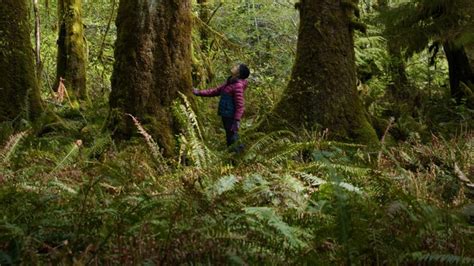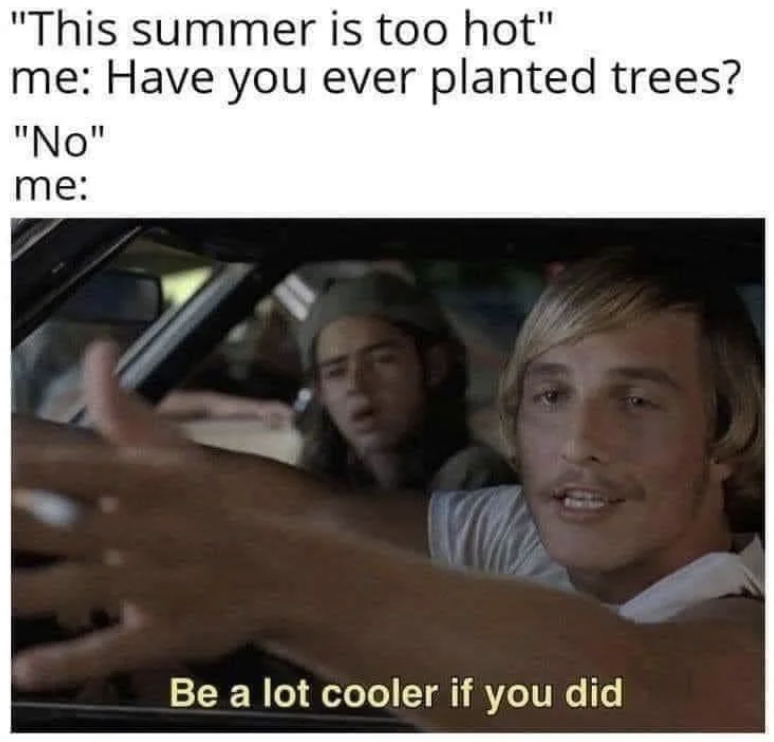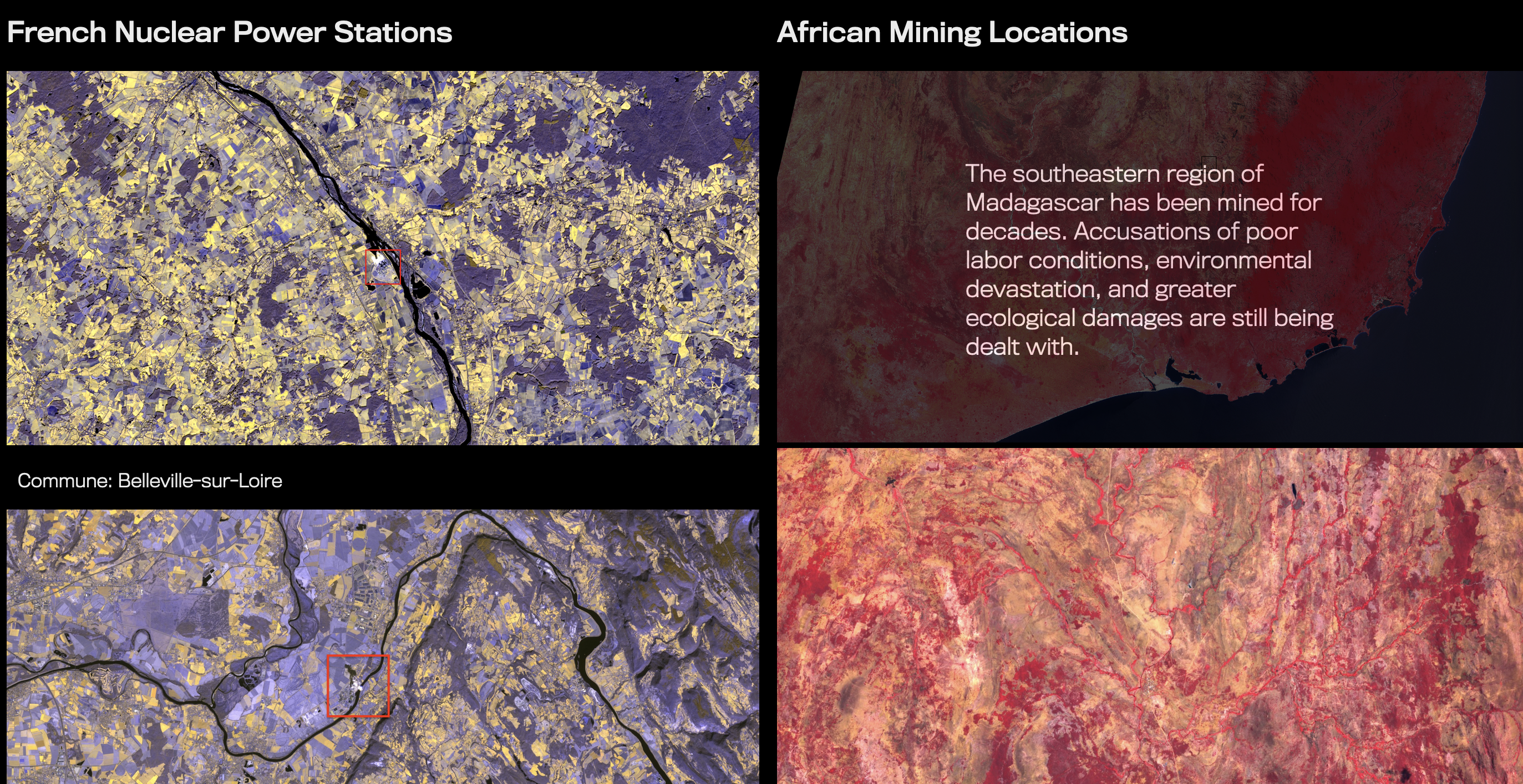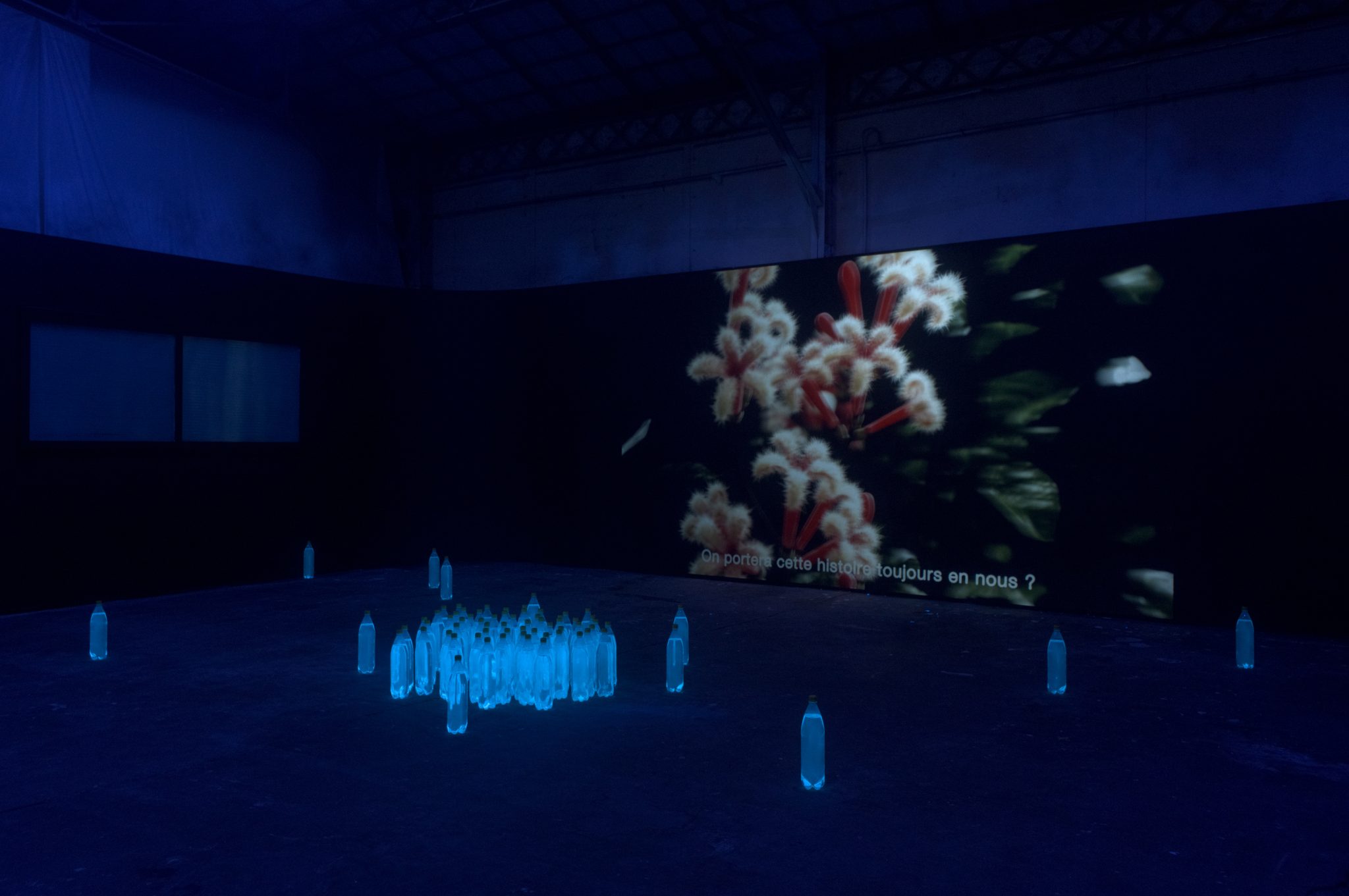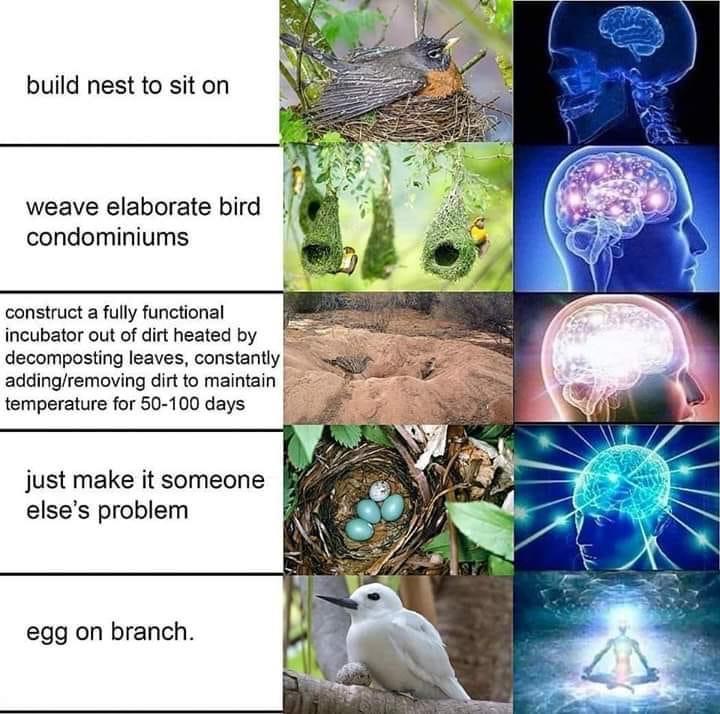TREES
In France, if you get accepted into grad school, they automatically save your spot which led me to accidentally be enrolled in two programs at once. Besides the Natural History Museum's BEE SEB TTSE program, I also was a student at Paris 8 in TREES: Transitions écologiques, économiques et sociales. For a myriad of bureaucratic reasons, I was never able to formally enroll at Paris 8 but really enjoyed joining for the first few months of courses at this amazing school that was started after the May 68 protests both to cater to student's demands for greater freedom but also to get them out of the center of Paris (whose narrow streets are easily barricaded.)
Trees is usually what people thing of in the "western world" when you talk about ecology.
A lot of my classmates use Ecosia as their main search engine (works on phones too) that puts a big part of their profits from ad revenue towards planting trees. Planting trees alone won't fix everything, especially when they go up in flames in increasingly frequent and devastating fires. And trees are one of frequently used "units" of climate measures that range from the very concrete to the totally greenwashed. Cooking Sections project Offsetted and accompanying book goes deep into the limits of assigning dollar values to the "ecosystem services" a tree can provide:
"A London plane tree at 728 Nostrand Avenue in Brooklyn reduces USD 13.55 of carbon dioxide annually. In Manhattan, a thornless honey locust at 320 East 42nd Street conserves USD 194.14 of energy. An ailanthus at 95 Astoria Boulevard in Queens intercepts USD 46.16 worth of storm water. In total, 678,183 street trees in New York City currently provide USD 109,625,536.06 in “environmental services” to the city every year. These services correlate to a tree’s biological functions, which are calculated in dollars—a mitigation scheme that positions trees as instruments to offset man-made ecological degradation. Rather than address the actual source of emissions, wastewater, or energy over-expenditure, the quantification of the performance of trees into tradable assets implicitly accepts the continuous production of waste and pollutants."
We've also used trees for all kinds of other things like timber, firewood, paper but also to make baskets, like in this beautiful short film from Wapikoni Mobile, a "travelling mediation, training and audiovisual creation studio dedicated to Indigenous youth" called My Father's Tools about basked maker Stephen Jerome from the Mi’gmaq First Nation community in Gesgapegiag.
Beyond the myriad uses for wood, we also tap sap for rubber, a mesmerizing process that fueled the cruelest conditions in European nation's colonized lands in Congo and the Amazon. In 1839, Charles Goodyear (of Goodyear Tires) figured out "vulcanization" — a process that allows rubber to withstand heat and cold when mixed with sulfur (people in Mesoamerican cultures had already figured this out of course, making rubber shoes and balls and elastic bands.) And a century later, General Motors and lots of other gas & automobile industry players including Firestone Tires allegedly conspired to dismantle streetcar & tram networks across major cities in the USA to um... sell more gas & tires?
Another sap you can tap from trees is maple syrup, which the most wonderful person Nick Woodin taught us how to do. Nick is coincidentally one of the people who got me on my path to ecology studies with his book A Natural History of the Present. To tap maple syrup, you need to wait till that time of the year when it's freezing at night and above freezing during the day, then drill a small hole in the tree and set up a filter and a bucket to catch the sap. Robin Wall Kimmerer writes beautifully about sugaring season in Braiding Sweetgrass, the sap comes out watery and then you can let it sit overnight - the sugars are heavier so you can lift off the watery-ice, then boil down the rest. It takes ages. It's delicious. And precious. Just ask anyone involved in the Great Canadian Maple Syrup Heist ! The maple line is moving further north as the climate warms, and you can read all about it the maple scientists's fantastically-named study by Rapp et al "Sugar maple responses to climate change: We’ll boil it down for you" and on the ACERnet "an international consortium dedicated to advancing understanding of maple (genus Acer) ecology and its management in the face of climate change. Our research team is monitoring sap flow at sites across sugar maples’ range, from Virginia to Quebec, to understand how climate effects sap flow, sugar content, and chemical composition, which together influence the quality and quantity of maple syrup produced."
Maybe the favorite thing I've learned about trees recently is about how little we've known about treetops and what happens way up there. Andrew Nadkarni made a magnificent short film, "Between Earth & Sky" about his awesome aunt Nalini, an ecologist who invented a way to climb to the very top of the rainforest by shooting a grappling hook from a bow and arrow.
